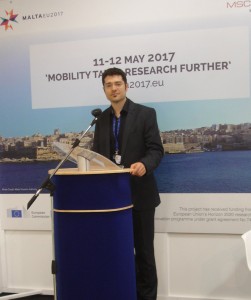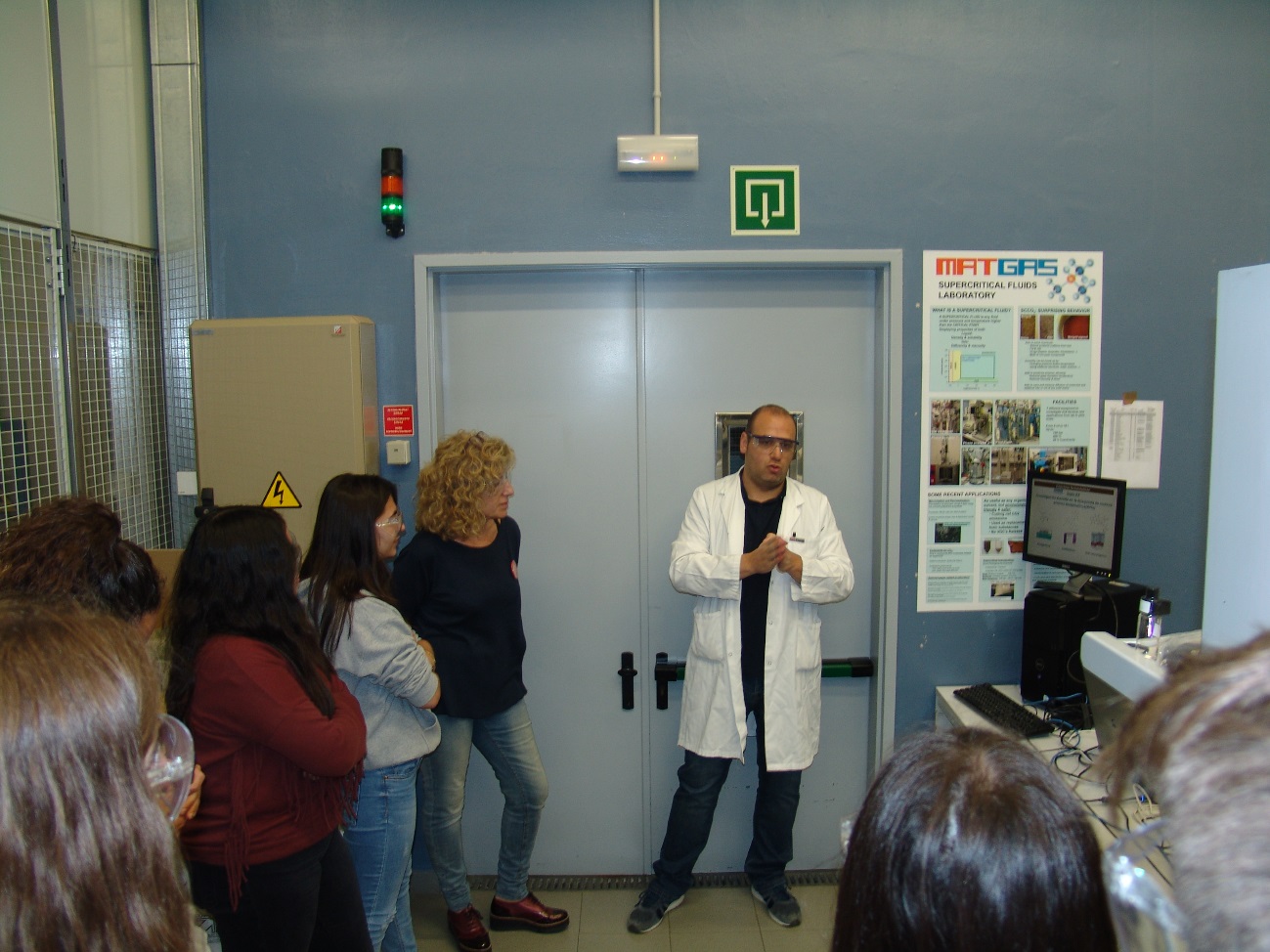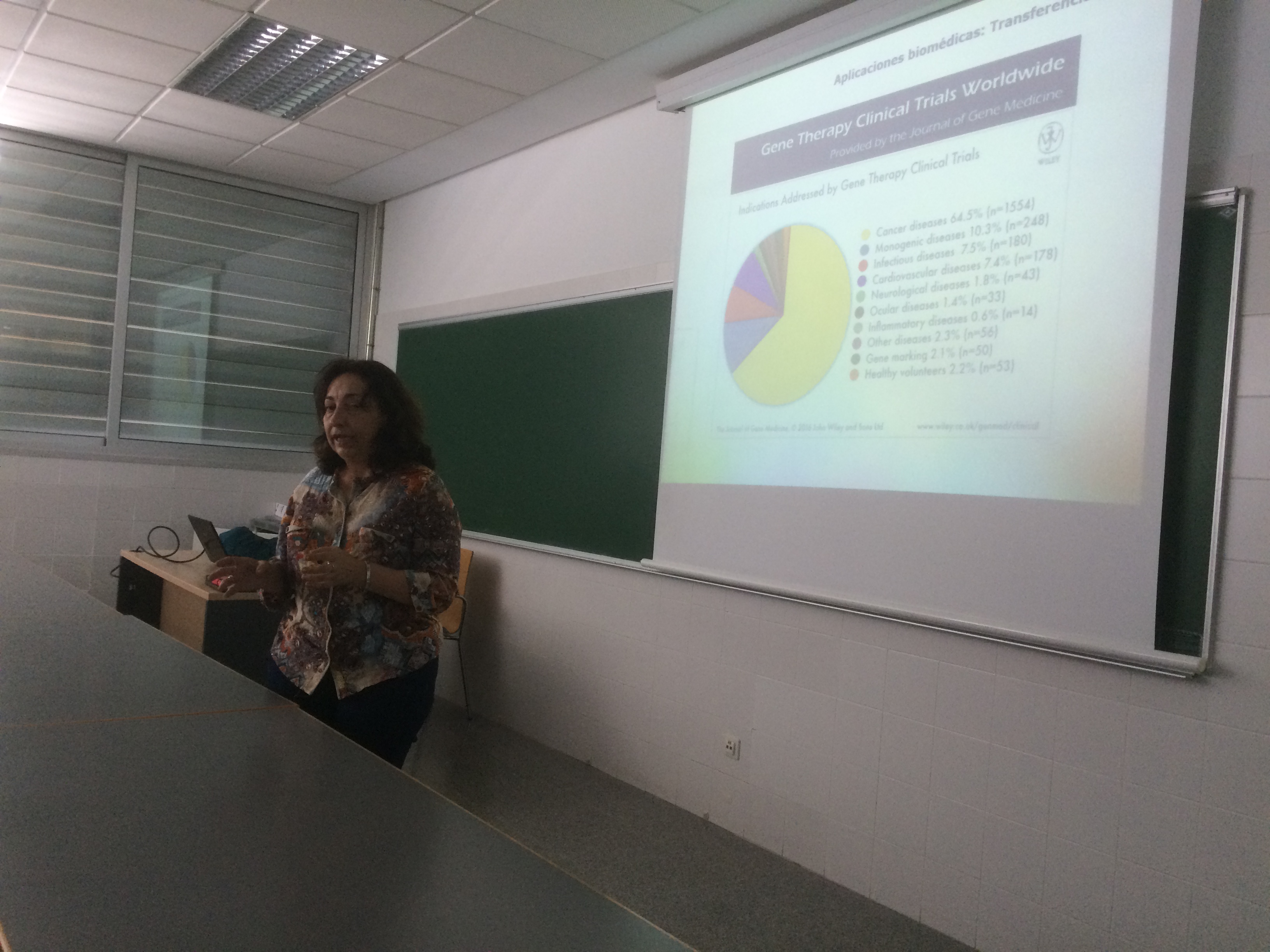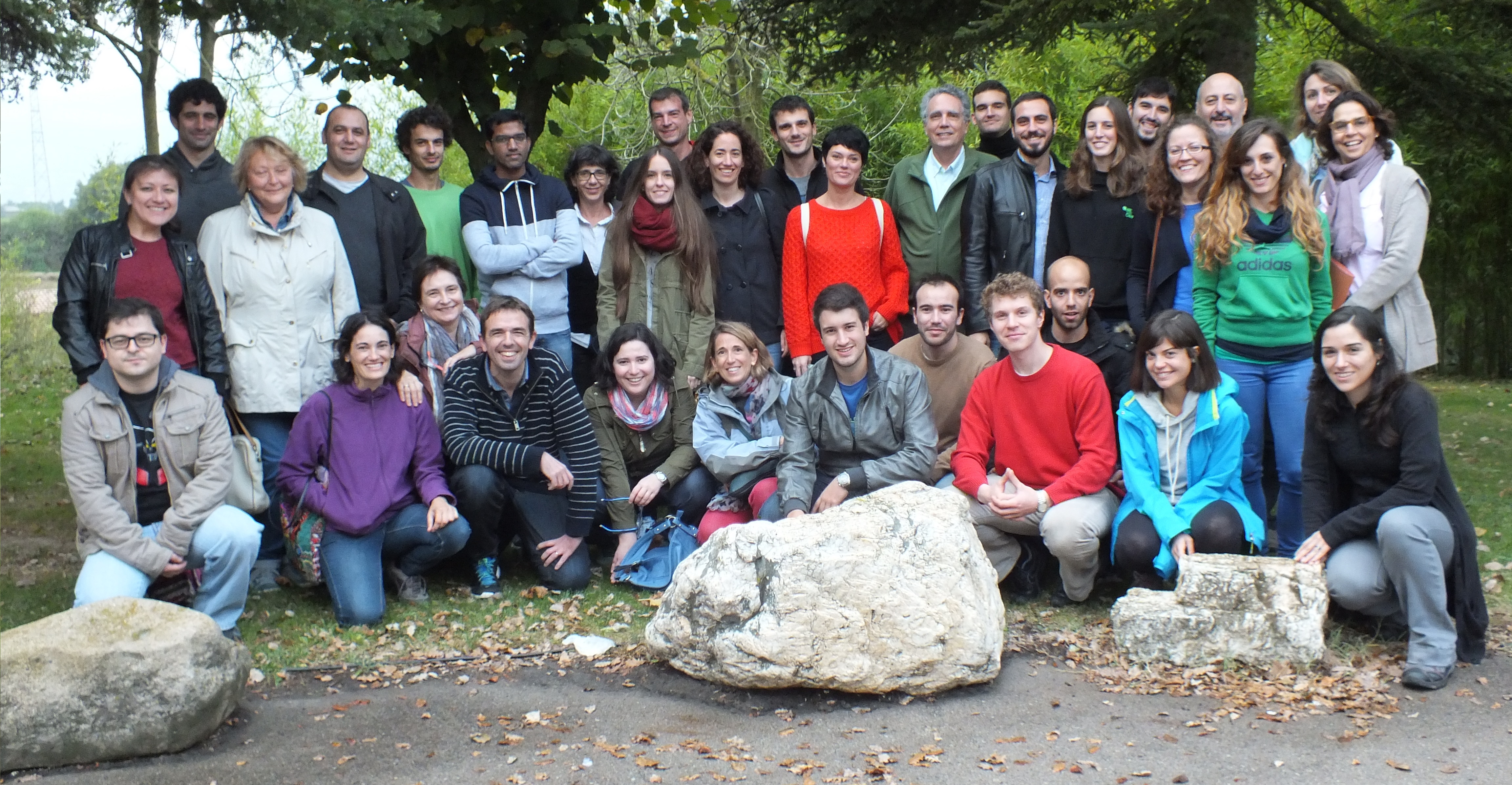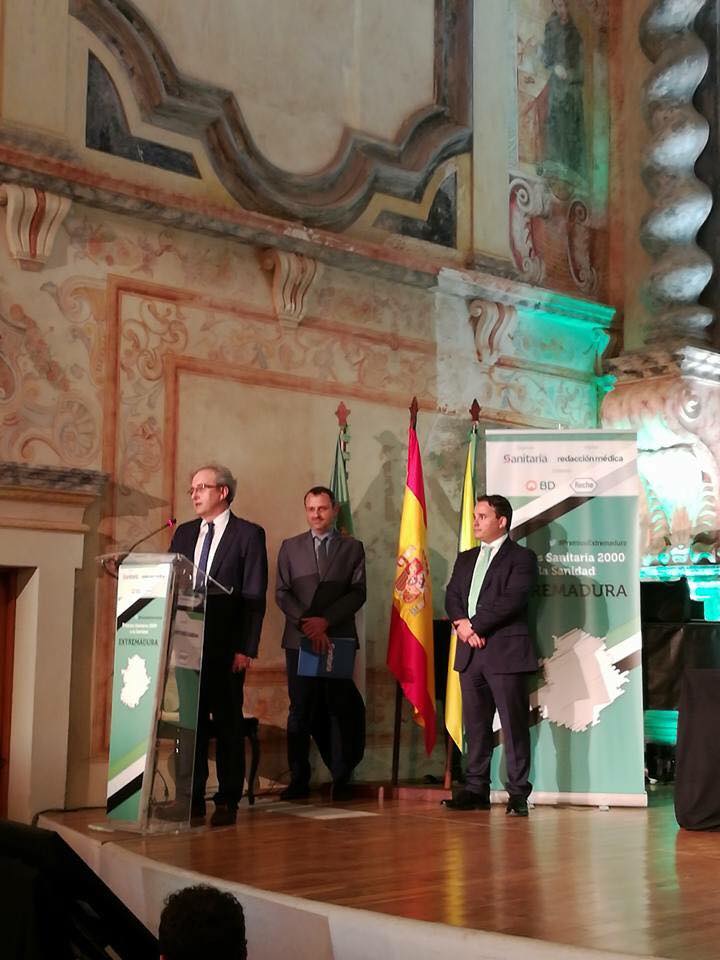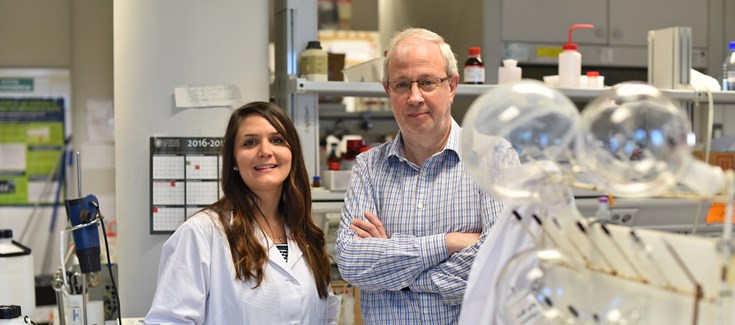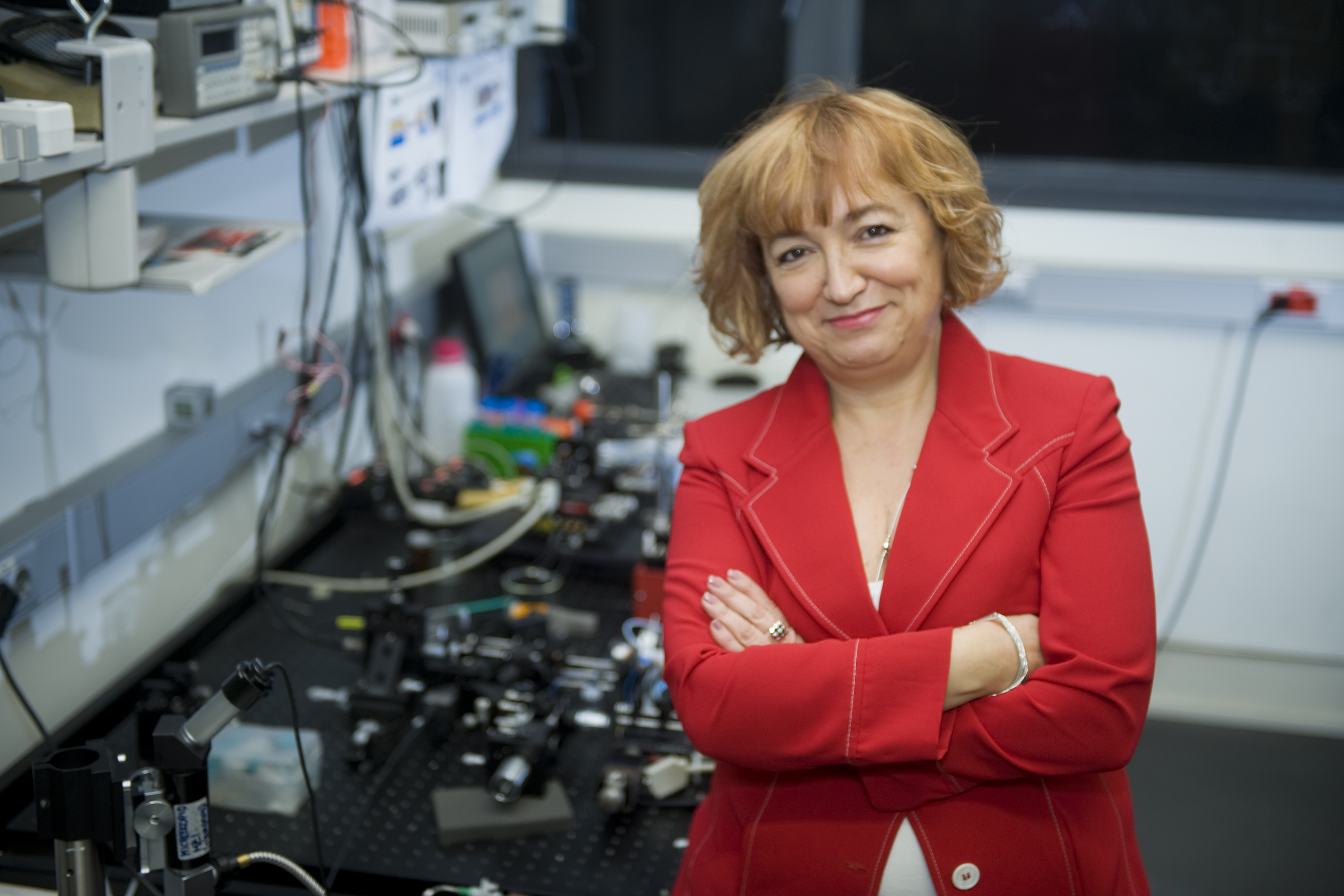Platform2nano research by Víctor Sebastián, (Unit 9 of NANBIOSIS) awarded Marie Skłodowska-Curie
The Platform2nano research project (2012-2016) has just been awarded a second prize in the “Contribution for a better society” category, at the “Mobility Takes Research Further” conference organized by Marie Skłodowska-Curie actions (MSCA 2017) in the framework of the Presidency of Malta of the Council of the European Union. More than 195 researchers from 30 nationalities who have developed their scientific work through the prestigious Marie Skłodowska-Curie Scholarships were presented to these awards.
The project “Development of a microfluidic platform to produce nanomaterials and assessment on new nanotechnology applications” in which participate the researchers Manuel Arruebo, Laura Usón, Isabel Ortiz de Solorzano y Jesús Santamaría members of the group Nanostructured Films and Particles -NFP, coordinator of Unit 9 of NANBIOSIS, was rated as excellent for its outstanding contribution to the design of a wide variety of nanomaterials through efficient technologies and for its multiple applications in different fields of great social interest such as biomedicine or energy processes.
